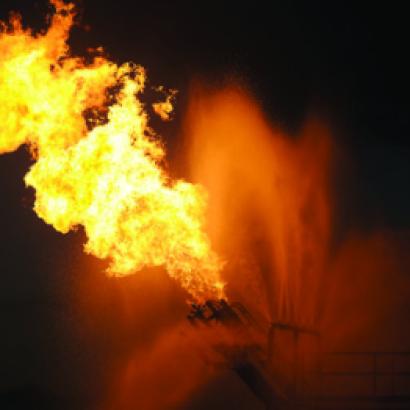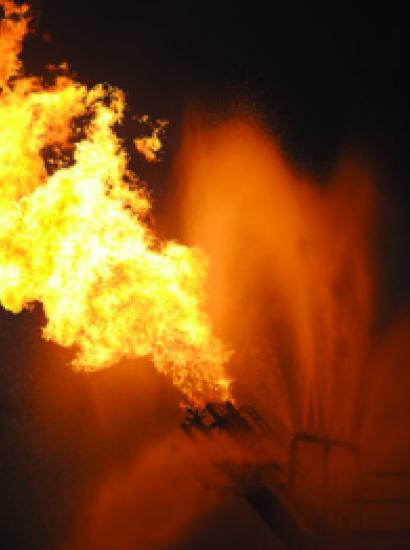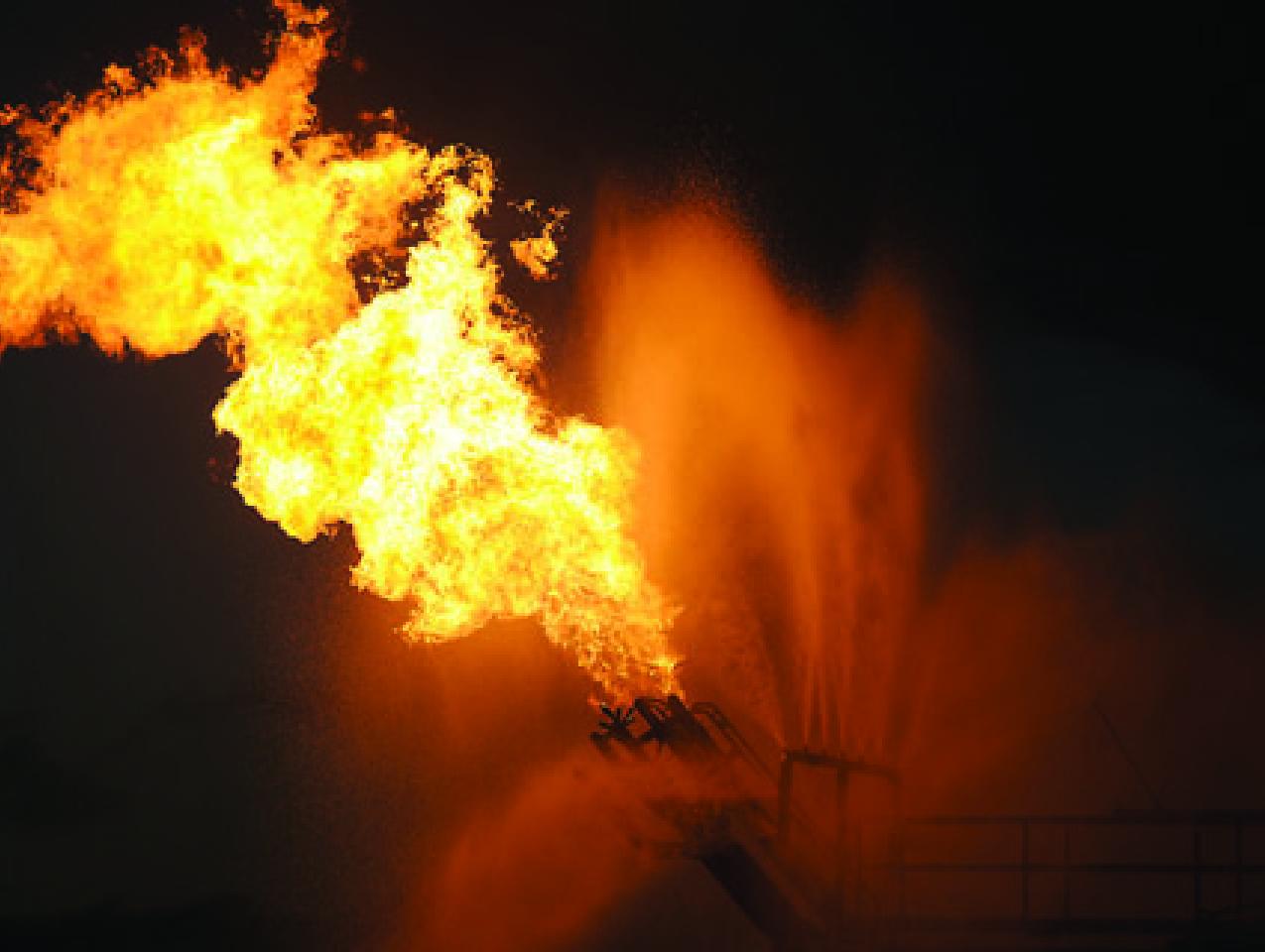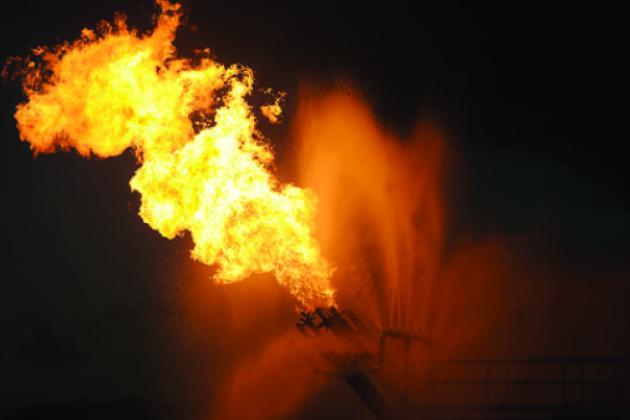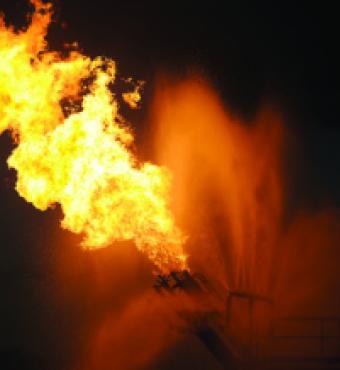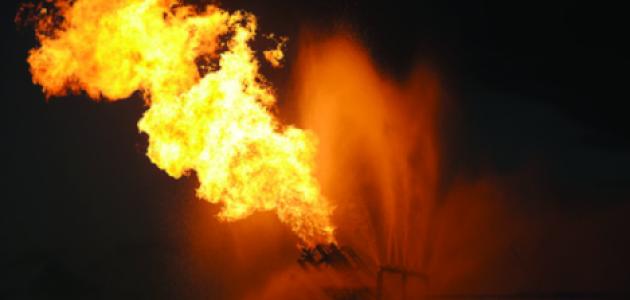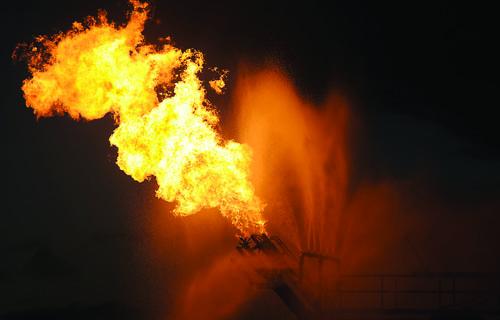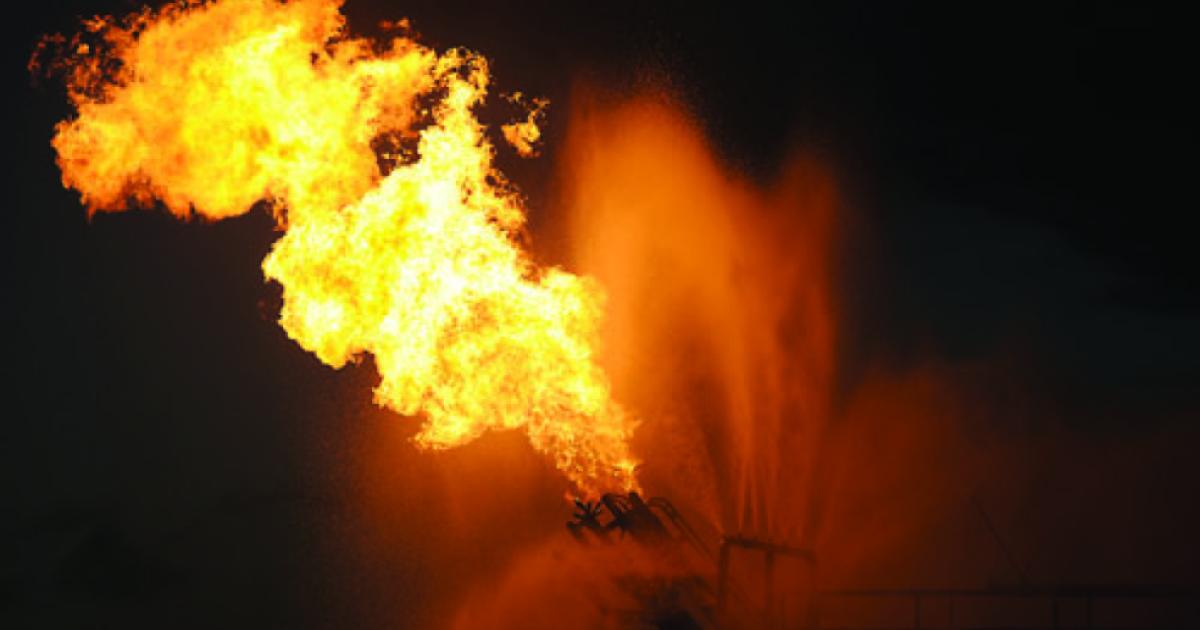- Law & Policy
- Regulation & Property Rights
- Economics
- Energy & Environment
- Politics, Institutions, and Public Opinion
- State & Local
It is almost as if the laws of scarcity have been repealed. Daniel Yergin, a notable energy expert, puts it in geopolitical terms: “This is like adding another Venezuela or Kuwait by 2020, except these tight oil fields are in the United States.” A land boom is under way in the conspicuous locations of yesterday, such as the Permian Basin in west Texas, the Eagle Ford region in central Texas, and the Bakken formation in the Dakotas, fueled by advances in the science of “fracking”—the use of intense hydraulic pressure to unlock huge amounts of oil and gas reserves from once-abandoned sites. The numbers are staggering. Production in the Bakken has jumped from virtually nothing a few years ago to four hundred thousand barrels a day today, with the prospect that even better technology will push that total to a million barrels a day by 2020. Similar gains are reported in both the Permian Basin and Eagle Ford.
These sites have already been exposed to a great deal of environmental wear and tear, so sensible developments concentrated there could well cause fewer environmental dislocations than fresh explorations in pristine areas, including sites close to large population centers or fragile ecological systems, like the Gulf of Mexico. With oil prices again hovering above $100 per barrel, bringing these sites online quickly could reduce our dependence on both deep-water drilling and Middle Eastern imports. Under some scenarios, the rapid displacement of old energy sources might even reduce pollution levels overall.
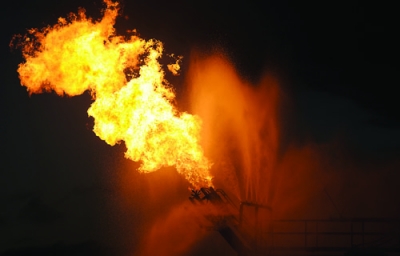
Gas is flared from the Deepwater Horizon well, which leaked oil for months last year in the Gulf of Mexico. Disasters like the BP explosion and spill suggest looking for oil and gas in less environmentally fragile places, including well-used fields in Texas and the Dakotas.
Therefore, the proper response to these new developments should be guarded optimism. Viable new technologies improve the odds of having energy available at lower prices. These technological improvements should be especially welcome in the face of the increased (if misguided) resistance to new nuclear power in the aftermath of the Fukushima Daiichi plant’s near-meltdown last March—a plant, by the way, that was commissioned in 1971 and stood in desperate need of an upgrade. The public often looks askance at improved nuclear energy: think of Germany’s recent announcement that it will shut down, not upgrade, its current nuclear facilities.
But what new energy sources should replace nuclear? Most environmentalists respond that fracking should be off limits, almost as a matter of first principle. Their instinct is to turn to such energy sources as solar and wind, on the grounds that those sources are sustainable and cause little, if any, harm to human life. Unfortunately, it is expensive to insist, with Hippocrates, that we should “first, do no harm.” This pristine approach presents two major problems, one economic and the other environmental.
THE REAL COSTS OF SOLAR AND WIND
On the economic front, the high level of subsidies needed to promote wind and solar energy creates large distortions elsewhere in the economy. If the taxes that pay for those subsidies are levied on oil, gas, or coal specifically, they will increase prices, lower consumption, and reduce the ability to innovate in these areas. Alternatively, if the subsides are raised from taxes on a broad market basket of goods and services, the tax will exert a general drag on the economy that will jeopardize profitability and reduce innovation across the board.
Second, on the environmental front, it is a mistake to use a narrow measure of pollution to evaluate wind and solar energy. Environmentalists who insist on a broad definition of pollution for energy sources like fracking should also apply that definition to the dangers that arise throughout the production cycles of so-called clean energy sources. If noise pollution from windmills damages wildlife and inconveniences nearby residences, those losses should be factored in. So should the social losses from visual pollution. If construction of solar panels requires the preparation and use of toxic substances, those costs must be weighed as well. Exactly how this complete examination would play out is hard to say, but it is clear that any categorical preferences for wind and solar energies ignore the abundant environmental tradeoffs.
The remaining question is what should be done with the residual risks of pollution. The question is of the utmost importance because evidence suggests fracking creates serious risks of water pollution. It makes little sense to encourage widespread use of new sources of energy if they only aggravate the problems associated with fossil fuels.
Now the discussion turns to sound regulatory technique. On this score, we must beware of any solution that simply condemns the new fracking technology on the ground that it will, without question, generate new forms of pollution. Of course it will, but so will other energy technologies, a point most environmentalists refuse to grasp. The committed environmental groups approach regulation with a one-dimensional view of the world that can lead to the wrong conclusions.
The technical task before us is to figure out a set of legal rules and industry practices that satisfy two key constraints: figuring out how to maximize the net gains from the use of risky technologies, and ensuring that any small fraction of the population that lies in the path of pollution is not asked to shoulder a disproportionate share of the harm.
Once those two objectives are on the table, the stance of groups like EarthJustice, whose public position I quote here, is likely to prove wrong:
Of course fracking is dangerous—but so too are other technologies. It is simply not the case that pollution will rise to catastrophic levels under those regimes that fail to ban fracking. The correct strategy, then, is not to ban fracking outright, but to apply the same principles of containment to it that are applied to other technologies. Only then can a choice between rival technologies accurately reflect their relative risks.
DAMAGES AND REMEDIES
EarthJustice is right to insist that individual instances of pollution that can be traced to fracking should be awarded full and generous compensation. Although many have suggested that a polluter need not pay whenever it took rigorous precautions to prevent harm, that position should be rejected. As the great nineteenth-century libertarian Baron George Bramwell stressed, a strict liability system—no excuses—does a better job of eliciting sound social behaviors. If the responsible parties are unable to pay the damages and stay in business, it is then just as well that the firm withdraw because the external harms are greater than its private gains. But if the firm is able to pay those damages and remain in business, it is only just that the loss be borne by the party that created the mischief and not its innocent victims. Either way, matters will sort themselves out sensibly.
Awards in pollution cases are not the only reason this system of damages is effective. The threat of damages reduces the frequency of pollution spills in the first place. Large, solvent drillers will respond to financial incentives even without a regulatory scheme.
Damages, of course, are not the only remedy for individual wrongs. Steps to prevent damages from the same source are also essential to the overall plan. But in what form? Simple remediation might work just fine. But when the gains from continued fracking are very large relative to any threatened harms, the sensible strategy might be to buy out the injured individuals on terms that leave them generously compensated for property loss and personal dislocation. These buyouts should generally be a last resort, used only when continued operations promise huge gains. Consider, for instance, low-flying aircraft that create unbearable noise and structural damage to the lands and homes beneath them. In many instances, it is better to buy out those homeowners than to close down key airports. Mines, like airports, cannot be shifted easily.
In some instances, the pollution risks could be too great to rely solely on ex post remedies. In high-risk areas, government should ensure that fracking residues do not enter major groundwater systems and fine leakers for the damages their spills cause to the water. Potential sites near large population centers or key aquifers may have to shut down rather than risk large health and environmental losses. Or, tough precautions to cordon off water supplies from danger may be the better remedy.
The dogmatic stance of some environmental groups is not defensible in light of the potential gains from fracking, but we must proceed cautiously. Here is one intermediate strategy: employ fracking in remote regions of Texas and the Dakotas, and hope that improved techniques lead to exploration at a greater range of sites. As with nuclear power, we should not flatly prohibit dangerous technologies. Once blocked, those technologies will be ever more difficult to improve. No one can be sure to get the balance right all the time, but by the same token, no one should be carried away by extreme positions. Euphoric predictions that fracking will magically solve energy shortages are suspect, as are environmental doomsday scenarios. On this and other environmental issues, the complexity of the remedial issues should make moderates of us all—even libertarians.








